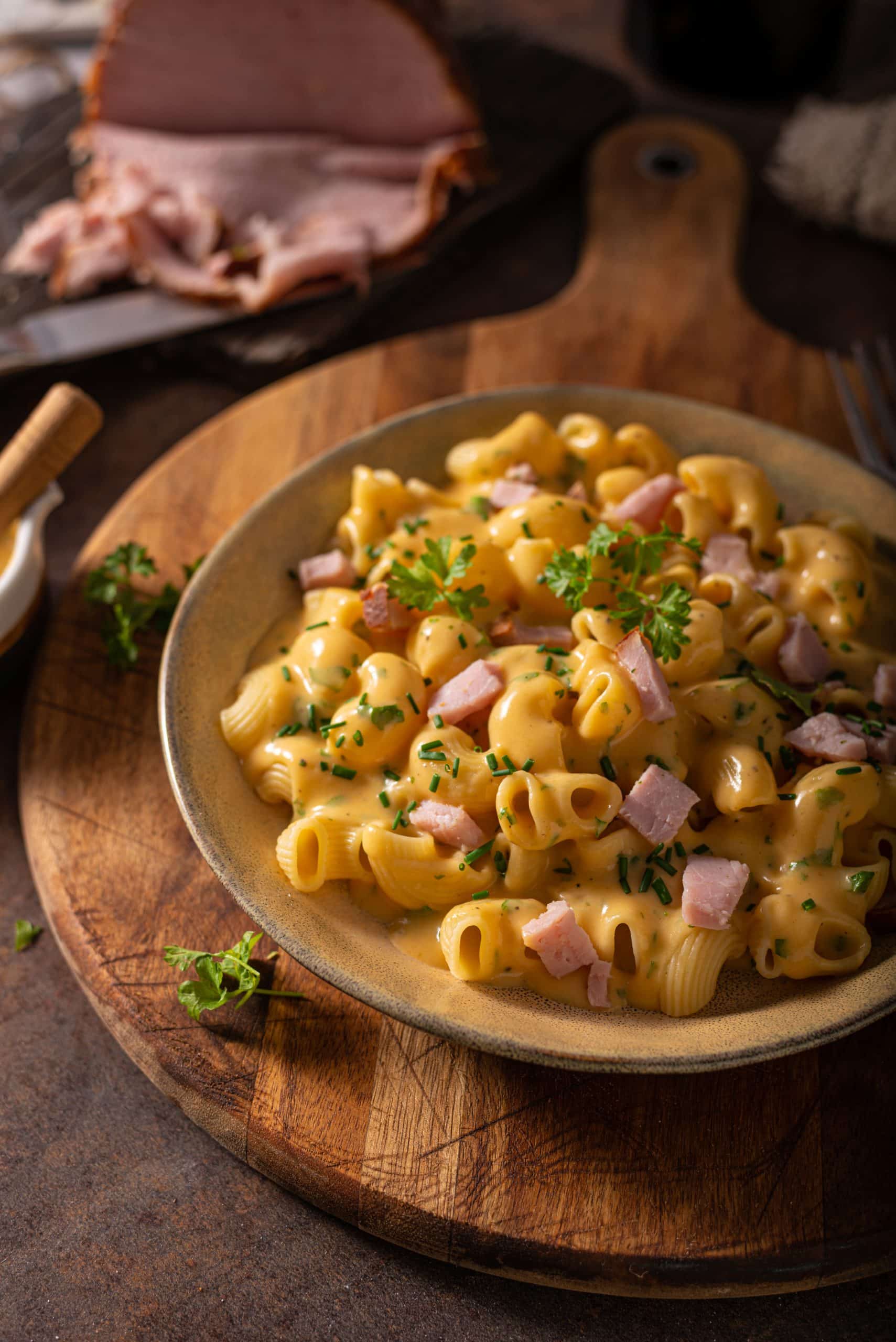Nothing says British tradition quite like a Victoria Sponge. This classic teatime treat, named for Queen Victoria herself, is a simple yet elegant dessert packed with flavors that are sure to delight any cake lover. Its tender sponge cake layers, sandwiched together by tart homemade berry jam and luscious cream, are a testament to the timeless appeal of well-executed basics. But what goes into making the perfect Victoria Sponge? It’s not a complicated recipe, but as with any baking endeavor, achieving the perfect balance requires a keen attention to detail.
The Foundations of a Great Victoria Sponge
First and foremost, the Victoria Sponge begins with the basic ingredients: sugar, flour, butter, and eggs. These are the building blocks of any good cake, and the Victoria Sponge is no exception. The key is ensuring you have fresh, high-quality ingredients. This isn’t a recipe where you can hide behind flashy flavors or decoration.
A voir aussi : How to Make an Authentic Shrimp and Grits with a Cajun Spice Blend?
The right flour makes a difference. Opt for self-raising flour, which already contains the right amount of baking powder for a light and fluffy cake. The butter should be at room temperature for easy creaming with the sugar, while the eggs should be large and free-range, as they contribute to the cake’s richness and texture.
The Art of Mixing and Baking
The next step is the mixing process. Start by creaming the butter and sugar together until it’s light and fluffy. This step, known as creaming, incorporates air into the mixture, which helps the cake rise. Next, add the eggs one at a time, beating well after each addition. If the mixture starts to curdle, don’t panic – just add a spoonful of flour and continue mixing. The flour is added last, folded in gently to keep the air in the mixture.
Lire également : Can You Prepare a Gourmet Rosemary Lamb Shank with a Red Wine Jus?
Once the batter is ready, divide it evenly between two greased and lined cake tins, smoothing the tops with a spatula. The cakes should be baked in a preheated oven at 180°C (fan 160°C, gas mark 4) for about 20-25 minutes, or until golden and a skewer inserted into the centre comes out clean.
The Importance of the Filling: Homemade Jam and Cream
A traditional Victoria Sponge features a layer of jam and a layer of whipped double cream in between the sponge cakes. However, the jam sets this cake apart, and using homemade jam can elevate your Victoria Sponge from good to sublime.
Mary Berry, a well-known British food writer and television presenter, suggests making your own jam for this cake. She provides a simple recipe using fresh raspberries, sugar, and lemon juice. The whole process takes around 20 minutes and the result is a tangy, sweet jam that pairs perfectly with the sweet sponge and cream.
Assembling the Cake
Finally, after allowing the cakes to cool for a few minutes in their tins, you can begin the process of assembly. Spread one half of your sponge with a generous amount of your homemade jam, followed by an even layer of whipped cream. Place the second sponge on top and dust with icing sugar for a classic finish.
Pro Tips for a Perfect Victoria Sponge
There are a few tips and tricks that can help ensure your Victoria Sponge turns out perfectly every time. Make sure your ingredients are at room temperature before you start mixing, as this can help prevent the batter from curdling. Additionally, don’t be tempted to open the oven door during the first 15 minutes of baking, as this can cause the cakes to sink. Ensuring even distribution of your batter between the tins will also result in a more even bake.
Remember, practice makes perfect. Even if your first Victoria Sponge doesn’t turn out as you’d hoped, don’t be disheartened. Baking is as much about learning from your failures as it is about celebrating your successes. Keep refining your technique, and before long, you’ll be crafting Victoria Sponges that would make Queen Victoria herself proud.
As the saying goes, the proof of the pudding is in the eating. So, next time you’re having a cup of tea, accompany it with a slice of this classic British cake. The perfect blend of sponge, cream, and jam will make your tea time a truly royal affair.
Choosing the Right Jam for Your Victoria Sponge
The selection of jam is a crucial element in the making of a Victoria Sponge. While you can certainly opt for a store-bought variety, making your own homemade jam can take your cake to an entirely new level of deliciousness.
Traditionally, a Victoria Sponge is filled with raspberry jam, although some bakers prefer strawberry jam for a slightly sweeter taste. If you choose to make your own, the process is relatively simple. All you need are fresh, ripe berries (either raspberries or strawberries), caster sugar, and a splash of lemon juice.
Start by heating the berries in a saucepan until they release their juices. Add the sugar and lemon juice, then simmer until the mixture thickens into a jam-like consistency. Allow the jam to cool before using it to fill your cake.
The key to a great jam is the balance between sweetness and acidity. The tartness of the raspberries or strawberries cut through the sweetness of the sponge, creating a balanced and deeply flavorful filling. Experiment with different types of berries until you find your perfect match.
The Perfect Presentation of a Victoria Sponge
When it comes to the presentation of a Victoria Sponge, simplicity is key. After all, this cake is named after Queen Victoria, and it should exude a royal, yet understated elegance. Once the cake is assembled, a dusting of icing sugar on top can add a delicate touch of sweetness and a beautiful finish.
Some bakers like to add a few fresh berries on top for a pop of color, or even a sprig of mint for a touch of green. However, the classic Victoria Sponge is usually unadorned, its beauty lying in its simplicity and the perfect balance of its components.
Remember, the aim is to highlight the quality of the ingredients and the care you’ve put into every step of the baking process. So, when serving your Victoria Sponge, cut it carefully into even slices, showcasing the sponge, jam and cream layers in all their glory.
Conclusion: The Joy of a Well-Baked Victoria Sponge
There is something deeply satisfying about baking a perfect Victoria Sponge. The process requires attention to detail, respect for ingredients, and a love of baking – but the rewards are well worth it. When you slice into that tender sponge, taste the tartness of the homemade jam, and enjoy the creamy richness of the whipped cream, you’ll understand why this cake has remained a favorite for afternoon tea since the times of Queen Victoria.
Baking a Victoria Sponge is not just about creating a delicious cake – it’s about honoring a British tradition, making something from scratch, and sharing it with others. Whether you’re an experienced baker or new to the world of baking, the Victoria Sponge is a recipe worth mastering.
So, next time you’re longing for a taste of tradition or simply want to impress your guests at afternoon tea, remember the Victoria Sponge. With its light, fluffy sponge, tart homemade jam, and luscious cream filling, this cake is more than a teatime treat – it’s a slice of British heritage.






